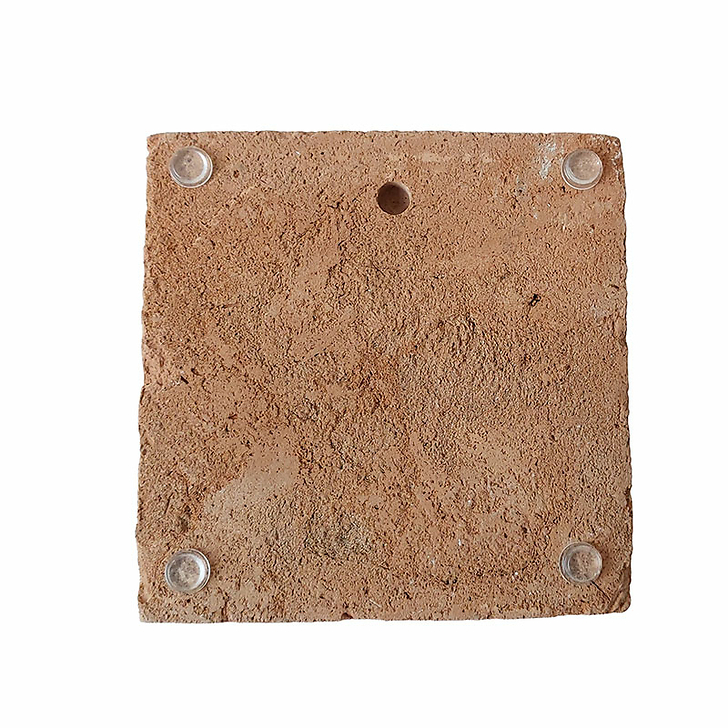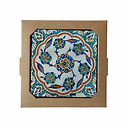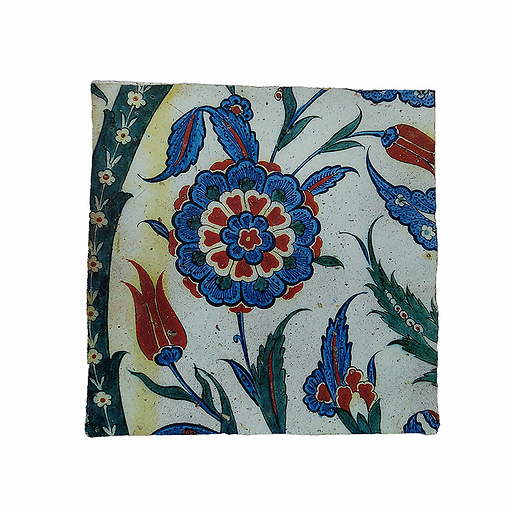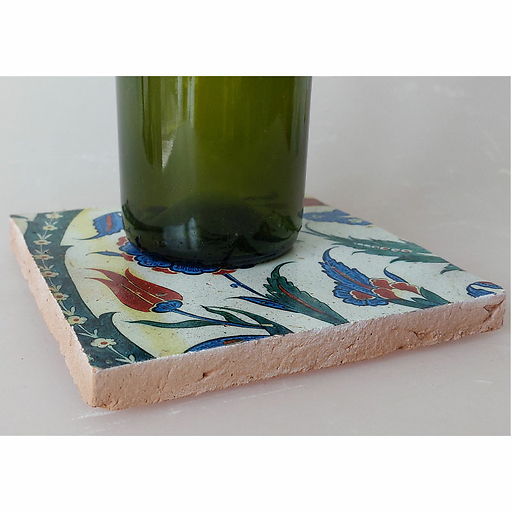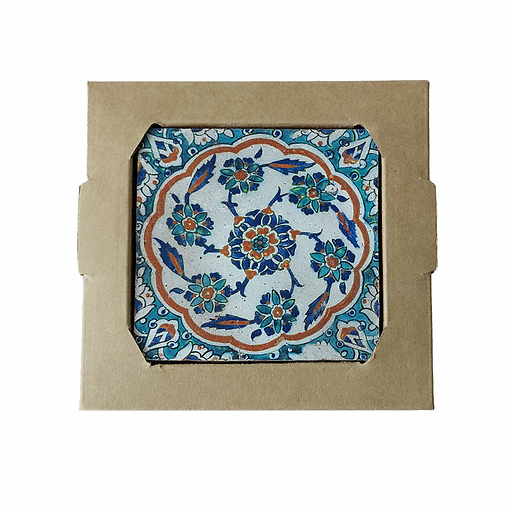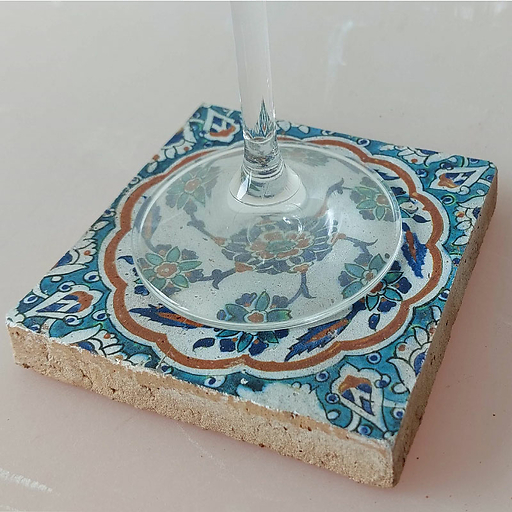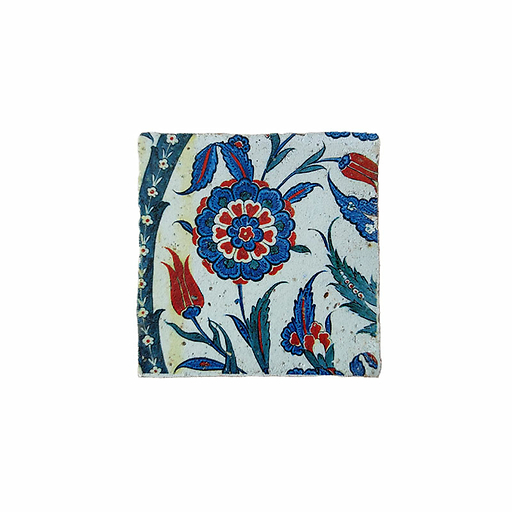Genuine terracotta trivet with hole and 4 small self-adhesive feet supplied separately
In the latter half of the fifteenth century, following the Fall of Constantinople and the establishment of the Ottoman Court in the former capital of the Byzantine Empire, many areas of artistic production enjoyed...
Read more
Genuine terracotta trivet with hole and 4 small self-adhesive feet supplied separately
In the latter half of the fifteenth century, following the Fall of Constantinople and the establishment of the Ottoman Court in the former capital of the Byzantine Empire, many areas of artistic production enjoyed a renewal of forms. These changes reflected the fuller involvement of a court whose patronage was particularly evident in book arts and in the textile industry. This courtly demand also seems to have given rise towards the end of the reign of Mehmet II to the production of ceramic wares of great technical perfection, designed for a new elite eager for luxury objects. This production of high-quality ceramics was to endure in the sixteenth century, before the onset of a period of progressive decline throughout the seventeenth century.
These high-quality ceramic wares, referred to as Cini in Ottoman documents, were intended for the domestic market of the Ottoman Empire, but were also soon exported outside of the Empire, to Italy in particular, where the exported wares would give rise to local imitations. Though Iznik was the main centre of production, such ceramic wares were also produced in the city of Kütahya, as is borne out by finds from excavations carried out there. Istanbul may also have been the site of sporadic productions directly linked to commissions from the court.
Clean with a sponge soaked in water or neutral soap.
- Small imperfections or irregularities are a particular characteristic of handmade terracotta;
- Size 15 x 15 x 1 cm
- Made in Italy
Close


